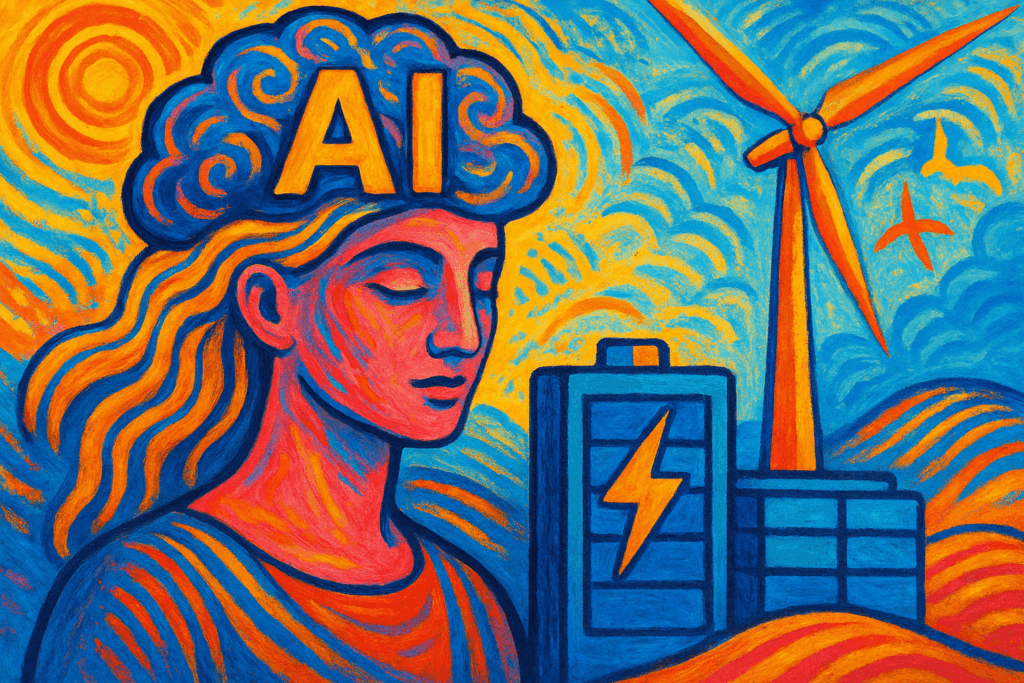AI’s Energy Footprint: Allies, Not Adversaries
As artificial intelligence applications expand rapidly, their energy demand intensifies, often raising concerns about the strain on electricity grids. However, AI data centers hold the potential to become partners in strengthening grid stability rather than contributors to its challenges. By integrating advanced energy management strategies and innovative technologies, these centers can help balance demand and supply, aligning growth with sustainability goals.
On-Site Generation and Storage: Local Solutions
Data centers can reduce their dependence on the broader grid by deploying co-located power generation such as natural gas turbines and emerging technologies like small modular reactors (SMRs). Coupled with battery energy storage systems (BESS), they can manage fluctuations in power demand and supply effectively. Local generation allows data centers not only to maintain uptime but at times to feed excess electricity back to the grid. Achieving this requires policies that facilitate thoughtful grid interconnection, enabling data centers to function as active participants in energy flows.
Smart Pricing: Optimizing Grid Demand
Time-of-Use (TOU) pricing encourages data centers to shift workloads to periods of lower electricity demand, easing strain during peak hours. This pricing structure promotes demand flexibility, which data centers can employ to optimize operational costs while supporting the grid. AI-driven algorithms can simplify TOU pricing application not only for commercial users but also for residential consumers, promoting broader grid efficiency. Value-based pricing further incentivizes dispatchable power sources and clean energy investments, supporting a more resilient and sustainable grid.
Industry’s Call to Action for Grid Reform
Leaders in the AI and data center industries have a direct stake in shaping energy policies that accommodate the sector’s growth while maintaining grid reliability. Proactive engagement with regulators and policymakers is essential to evolve interconnection standards, pricing mechanisms, and infrastructure investments. By positioning themselves as allies to the energy system, AI providers and data center operators can drive reforms conducive to sustainable expansion, preventing energy shortfalls and unlocking new opportunities for intelligent grid management.




